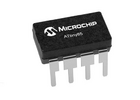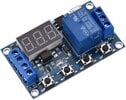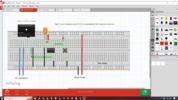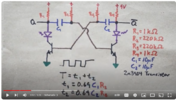Hello and good day out there and thank you for peeking at my first post here.
So I am making dew heaters for my telescopes, getting hard and expensive to buy
right now.
So I am using 12 volts +dc the source is about 2 amps and the load is 55 ohms.
I need a way to have the power on for maybe 40 seconds and turn off for
a range of 10,20,30 seconds. I tried using RC circuit to slowly charge and turn off a transistor.
no luck with that. I looked at PNP transistors but I would need a -DC supply.
I can do this with an Arduino but I think simple is better and I have plenty of transistors and
caps, Oh I will be making different ones for different setups. What I use now is an NPN power transistor
but it just does not give me the off state I want.
Anyway thank you for reading
Harry
So I am making dew heaters for my telescopes, getting hard and expensive to buy
right now.
So I am using 12 volts +dc the source is about 2 amps and the load is 55 ohms.
I need a way to have the power on for maybe 40 seconds and turn off for
a range of 10,20,30 seconds. I tried using RC circuit to slowly charge and turn off a transistor.
no luck with that. I looked at PNP transistors but I would need a -DC supply.
I can do this with an Arduino but I think simple is better and I have plenty of transistors and
caps, Oh I will be making different ones for different setups. What I use now is an NPN power transistor
but it just does not give me the off state I want.
Anyway thank you for reading
Harry








